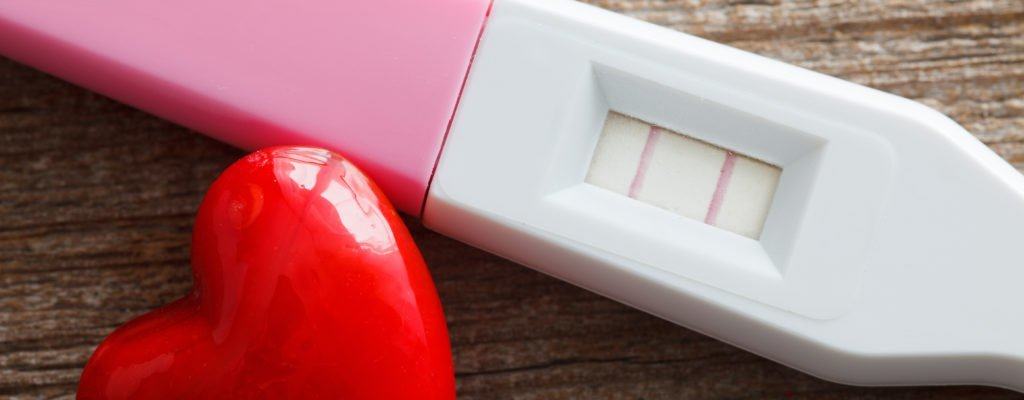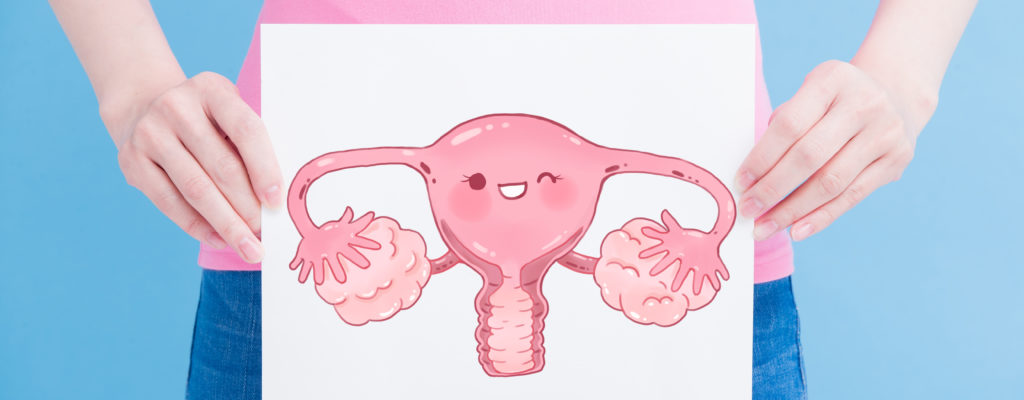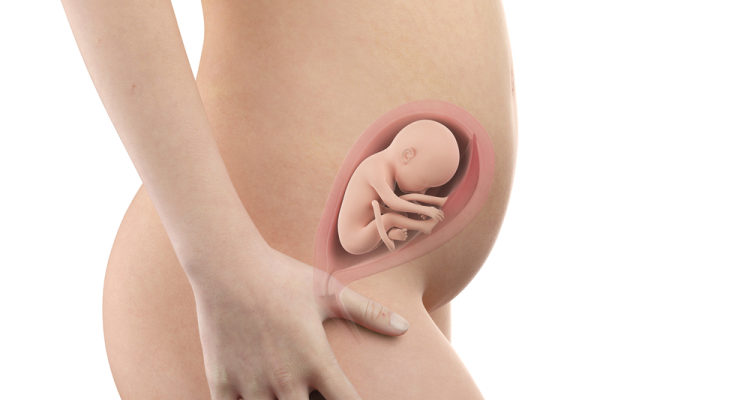Most pregnant mothers often show a lot of anxiety when they hear the doctor say their baby is being wrapped by the umbilical cord. But the fact that you should be too worried when your baby falls into this situation?
The phenomenon of the umbilical cord wrapped around the neck or the corolla wrapped in the folk way of calling occurs when the fetus is wrapped around the neck by the umbilical cord. This phenomenon can happen at any time of pregnancy or during labor or during labor or birth.
What is the umbilical cord?
The umbilical cord is the part responsible for transporting blood, nutrients, and oxygen from the mother's body to the fetal body through the placenta. Umbilical cord usually has an average length of about 50 - 60cm. The longer the umbilical cord increases the risk of being wrapped around the fetal neck / arms or legs or being knotted.
Theoretically, the motion of the fetus will cause the umbilical cord to stretch and lengthen. The long umbilical cord can become entangled in the arms, legs or neck of the fetus, creating the risk of intermittent or partial obstruction.
The rate of fetuses with umbilical cord wrapped around the neck is quite common with about 12% in 24 - 26 weeks gestation, 37% in term. The good news is that the majority of cases of umbilical cord cuffs are usually not related to perinatal morbidity and mortality (perinatal mortality is the phenomenon of fetal and infant death within 1 week of birth) . That is why doctors rarely inform pregnant mothers that the fetus is wrapped by the umbilical cord, except in serious cases that threaten the baby's life.
What causes the umbilical cord to wrap the fetal neck?
Obstetricians believe that the main cause of umbilical cord wrapping the fetal neck is excessive movement of the baby in the amniotic sac.
The outer surface of the umbilical cord is protected by a soft, flexible, and smooth layer of wax called Wharton. This wax layer works to prevent the umbilical cord from being knotted, wrapped around the neck or limbs ... the fetus when the baby moves, wriggles or tumbles in the womb. If the umbilical cord is not soft enough, the wax layer is not slippery enough, leading to an increased risk of the umbilical cord being knotted or wrapped around the fetal neck, arms and legs ...

In addition, the umbilical cord around the neck may also occur if:
Pregnant mother pregnant with twins or multiple pregnancies
There is too much amniotic fluid
The umbilical cord is too long
The structure of the umbilical cord is inferior.
There is practically no way to avoid wrapping the umbilical cord around the fetal neck, legs / arms. Therefore, the notion of pregnant mothers raising their hands, wearing jewelry around the neck or stepping over a rope / hammock ... causes the fetus to be wrapped by the umbilical cord 1 round, 2 rounds or even the umbilical cord is wrapped 3 times. .
Signs of umbilical cord wrapped around the neck
The neck cord did not have any obvious symptoms. Therefore, pregnant mothers will not be able to tell if their baby has been wrapped around the neck, arms / legs by the umbilical cord unless an ultrasound is performed.
How is the umbilical cord wrapped around the fetus diagnosed?
The umbilical cord wrapping the fetal neck can only be diagnosed with ultrasound. However, through an ultrasound it is difficult for doctors to determine whether the condition poses any risks to the baby.
If your baby is informed by the doctor that her baby is wrapped by the umbilical cord early in pregnancy, pregnant mothers should not be too worried or panic. The umbilical cord that wraps your baby's neck may go away soon after or before your baby is born. Otherwise, your baby can still be safely born. If the doctor finds that the umbilical cord may pose a risk to the fetus or childbirth, they will closely monitor it to prevent complications. Sometimes doctors may recommend a caesarean to make sure your baby is safe.
Complications of the condition of the umbilical cord wrapped around the neck
The fact that the fetus is wrapped by the umbilical cord is very rare for serious complications. If pregnant women are too stressed when worrying about the fetus in this situation, talk to your obstetrician to get helpful advice. The information your doctor provides will help you feel more secure and comfortable.
Usually, the umbilical cord around the neck can cause babies and pregnant mothers to encounter the following problems:
1. The fetus has abnormal heart rhythm
The most common complication that the fetus experiences with the umbilical cord around the neck is abnormal heartbeat during labor. The reason is that labor contractions of pregnant mothers can cause the umbilical cord to tighten. This reduces the amount of blood pumped to the baby's body, which can decrease the baby's heart rate.
Therefore, during the delivery process, if the fetal heart rate continues to decrease and there are signs of fetal failure, doctors will appoint a cesarean delivery to ensure safety for the baby.
In fact, with careful monitoring, a fetus with the umbilical cord is usually born without any complications.
2. The risk of stillbirth
According to a 2015 report by the International Association of Obstetrics and Gynecology (Obstetrics and Gynecology Internationalsame), the risk of stillbirth due to the umbilical cord is extremely low, with a tendency to occur during the first and second trimesters. According to reliable documents, up to now there is only one case of stillborn 16 weeks fetus due to umbilical cord wrapping the neck.
3. Reduce fetal growth
In rare cases, the umbilical cord is too tight that occurs early in pregnancy can cause the blood flow from the mother to the fetus to decrease, hypokalaemia, acidosis and anemia ... This will cause problems. affects the development of the fetus, reduces the fetal movement.
4. Risk of cesarean section
The fact that the umbilical cord is wrapped around the neck many times will cause the fetus to tilt back, preventing delivery through the vagina. In this case, doctors will prescribe a cesarean section.
Questions regarding the condition of the umbilical cord wrapping the fetus's neck

1. Can a fetus with umbilical cord wrap his neck can damage the brain?
If the cord is tightened and goes on for a long time, the cord can cut off blood flow to the fetal brain and cause brain damage, even death. The good news is that this is very rare.
If the umbilical cord is wrapped around the baby's neck during birth, it could lead to tight necks in the baby as the baby moves down the vagina. Therefore, as soon as the baby's head comes out of the mother's vagina, the doctor will conduct an examination and remove it. If the cord is wrapped around the baby's neck too tightly, the umbilical cord can be clamped and cut before the baby is born. In addition, the doctor will also monitor the fetal heart rate closely to detect fetal failure in order to promptly intervene.
2. Can pregnant mothers apply folk tips to cure the umbilical cord around the fetal neck?
The fact is that the umbilical cord wrapping the fetal neck can only go away on its own thanks to the movement of the baby. However, in folklore handed down the tip that to cure the baby's neck, pregnant mothers should crawl around the bed in the opposite direction of clockwise rotation. The number of rings that a pregnant mother has to crawl corresponds to the number of loops that the umbilical cord wraps the baby's neck. I don't know if the trick really works or not, but many pregnant mothers have followed suit.
If you want to apply this tip, pregnant mothers need to note the following:
Do not crawl as soon as you eat or when you are tired
Do not crawl too quickly because it will make pregnant mothers get dizzy, affecting the health of both pregnant mothers and fetuses
It should be noted that if, after the mother is pregnant with cows, she notices that the fetus is moving abnormally, the fetal movement should be counted and if after 2 hours the baby's movements can only be counted about 3 times, the mother should go to the hospital. right. The reason is that reduced motion can be a red flag.
aFamilyToday Health hopes that with information shared through this article, pregnant mothers have some peace of mind about the condition of the umbilical cord wrapping the fetus's neck. Wish you have a smooth pregnancy, a healthy and lovely baby.













